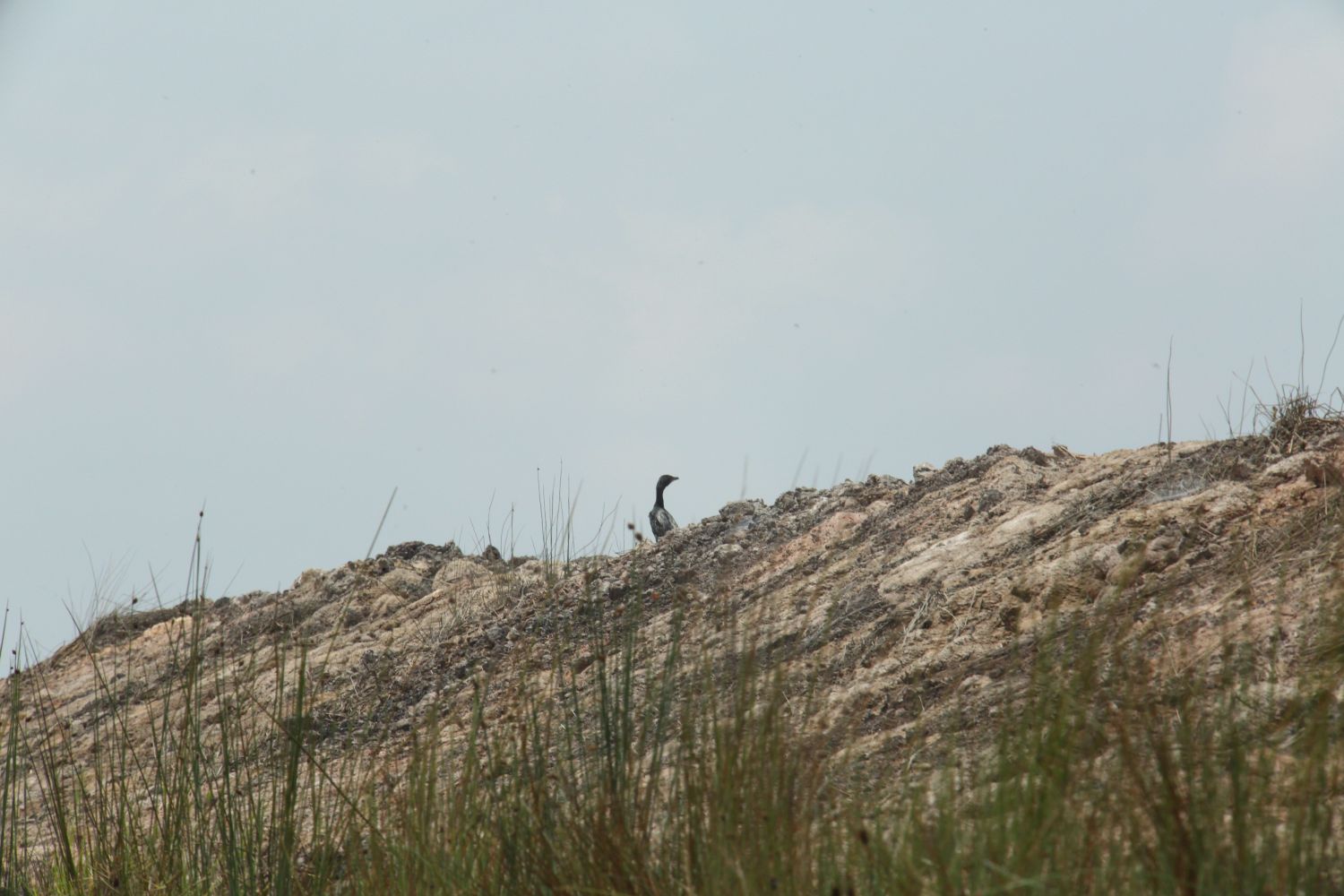Saving Phu My, one of the Mekong Delta’s last natural grasslands
In 1996, Tran Triet as part of his PhD research at the University of Wisconsin at Madison, recommended to the Kien Giang government in Viet Nam that they conserve 60,000 hectares of seasonally flooded grassland in the southwest of the province. These grasslands are characterized by Eleocharis whose roots are the preferred food of the iconic Sarus crane, which migrates from its breeding sites in the forests of eastern Cambodia to spend March and April feeding in the delta. Another notable grassland plant is Lepironia, which local people harvest to weave handicrafts.
The idea of conserving large areas of natural grassland disappeared, however, in the rush to bring as much land into rice production as possible through the expansion of dikes, canals, and sluice gates. These investments destroyed nearly all the delta’s remaining Eleocharis and Lepironia grasslands and transformed the ecology and hydrology of the upper delta.
The Phu My Species and Habitat Conservation Area, located just a few kilometers from the Cambodian border, is one of the delta’s last natural grasslands. When the site was first proposed for legal protection in the early 2000s, it covered 2,300 hectares. When it was finally established in 2016, it had shrunk to 1,200 hectares as a result of agricultural encroachment. It has since shrunk to just under 1,000 hectares. The dry season Sarus crane population declined from 200 in 2015 to 13 in 2022.
In 2012, IUCN completed a biodiversity action plan for the Holcim cement company, which had a plant in nearby Hon Chong. Within the plant was a 130-hectare wetland that was being dug up for clay to produce cement. IUCN proposed that Holcim support conservation of Phu My as a biodiversity offset for the lost wetland. Holcim supported various interventions including dry season water supply and Lepironia handicrafts for the surrounding communities, but the encroachment continued, and the company was reluctant to invest more until the situation was stabilized.
In 2019 (by which time the Holcim cement plant had been bought by Siam City Cement Company, the Thai cement company, and rebranded as INSEE), IUCN commissioned a climate change vulnerability analysis of Phu My by Dr. Triet, now the Southeast Asia Program Director for the Wisconsin-based International Crane Foundation, and a team of local researchers. This study recommended completing a partially built dike around Phu My to prevent further encroachment and protect the site against dry season sea water intrusion. In 2021, IUCN commissioned a follow up study by Dr. Duong Van Ni, a renowned wetlands specialist at Can Tho University, who confirmed this recommendation.
In 2022, the province spent USD 500,000 of its own money to dig a canal around almost the entire site and compensate farmers, who are mostly ethnic Khmer, with claims inside the site. While this sounds like an extreme solution, it is worth recalling that Elinor Ostrom, who won the 2009 Nobel prize for economics for her work on managing “common pool” resources, identified clear demarcation as the top success factor.
 Photo: A little cormorant on the new dike of Phu My grassland Nature Reserve © IUCN Viet Nam
Photo: A little cormorant on the new dike of Phu My grassland Nature Reserve © IUCN Viet Nam
In April 2023, Dr. Triet and a team from IUCN and INSEE visited Phu My. We saw the canal and sluice gates and the dike from the excavated soil, new offices, and a watch tower. The director asked for our help completing a road on top of the dike to facilitate patrols and planting melaleuca on the sides of the dike. We also proposed a study of water conditions within the dike as the basis for operating the sluice gates. It is essential to keep the water acidic (as it is naturally because of the acid sulphate soils) to support the Eleocharis and Lepironia and the Sarus cranes that feed on them.
In the long-term, it may be possible to expand the area of natural grassland by planting Lepironia in Phu My’s buffer zone. Since 2017, the government has moved decisively to de-intensify rice production in the delta. This makes possible Triet’s vision of conserving a very large area of natural and semi-natural grassland, which while still human-dominated nevertheless retains much of its original biodiversity.



